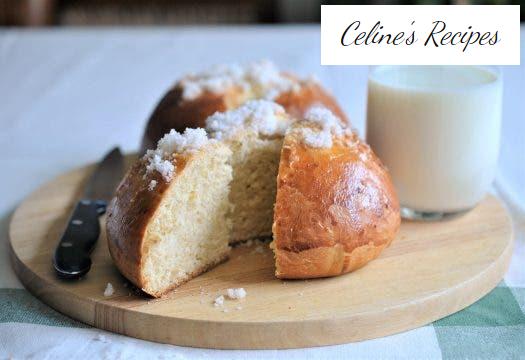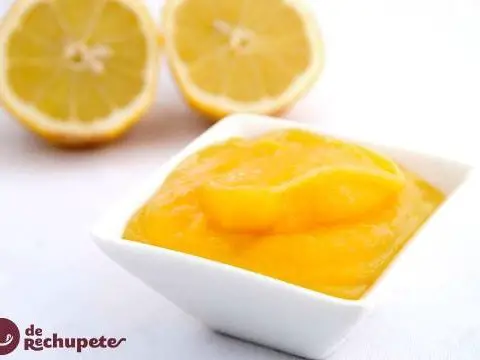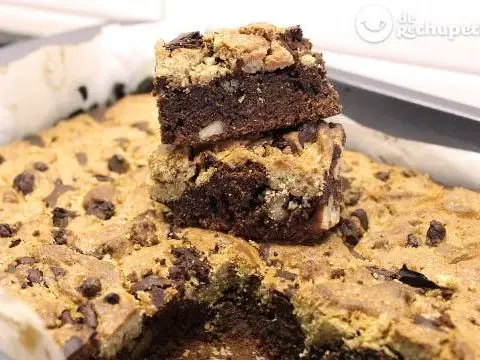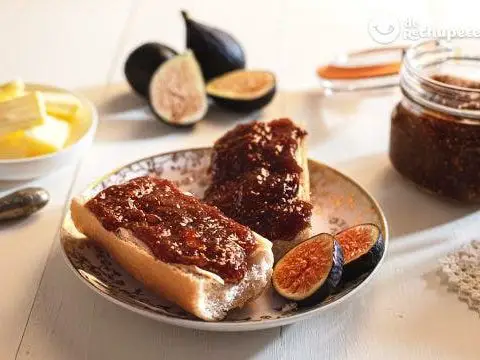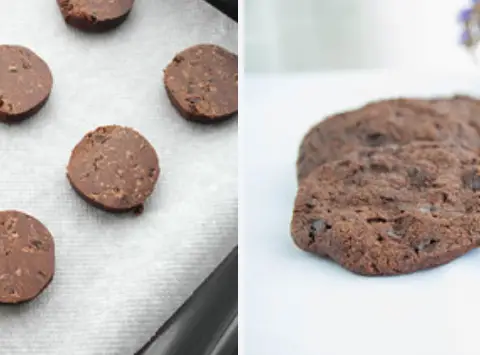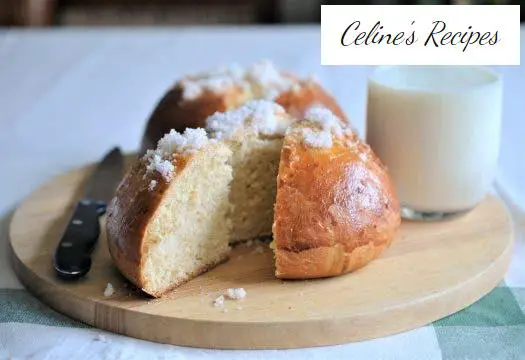
Info.
- Half
- 240 minutes
- For 6 people
- 0.6 € / person
- 365kcal per 100g.
How to make a potato toña .
I present you a traditional recipe from Alcoy, Alicante, typical of Easter , but that today can be found in any pastry shop throughout the year.
It is very reminiscent of the panquemao and the Easter cakes so typical of the Levante area. However, its flavor and textures are very special.
The most outstanding characteristic of Toña de patata is its dough, which is tender, aromatic, juicy and remains hydrated for several days. Something similar to a brioche or a roscón de Reyes .
What’s more, it is a type of dessert or bun that wins with rest, so if you can wait to sink your teeth, we advise you to do so. Worth.
And why is the potato Toña dough so special? What makes it so tender and keeps it juicy for days? Well, the answer is in the cooked potato that has an ingredient.
Something that was very common in the past (ask your grandmothers, surely they remember) and that has been lost over the years, but that we want to keep.
To enjoy a good piece of Toña de patata it does not have to be breakfast time, nor the snack, nor even after dinner, any of these situations are perfect.
We like to accompany it with a glass of very fresh milk, but each one who takes it to taste. Be that as it may, enjoy Coca Boba!
Potato Toña dough preparation
- Peel the potato, chop and cook in a saucepan with plenty of water until tender.
- Drain well, transfer to a large bowl and mash with a fork or grate. Let there be no pieces.
- While tempering we pulverize the sugar with the orange and lemon peels. We use a food processor or a grinder.
- We can grate the citrus fruits and mix them with the sugar, but in the first way the flavors and aromas are more pronounced and the coca more flavorful.
- Add the butter and butter to the potato. Then we add the crumbled yeast, the flavored sugar with the zest and the three eggs.
- Stir well for a few minutes until there are no lumps.
- In another deep container we put the flour and make a hole in the center, where we place the previous mixture.
- We remove with the handle of a wooden spoon while adding flour to the liquid mixture. We do it carefully, little by little.
- When the mixture becomes too dense, we empty the contents of the container on the counter and work with our hands.
Kneaded and shaped toña de patata
- We knead until obtaining a homogeneous mass, soft without being sticky, and very fine.
- If we have a kneader or a robot with a kneading function, we can use it for this step and we save the effort.
- We roll the dough into a ball, put it in an oiled container, cover with a clean cloth and let it rest for a couple of hours (the time depends on the ambient temperature).
- After this time, the dough will have grown to double its size.
- Now it is time to degas, that is, to crush with the fist to remove the air that has been incorporated during the first lifting or rest.
- We divide the dough into four pieces of similar size and roll each one of them, making it roll on the work surface without pressing excessively.
- We place on a baking sheet leaving space between them (they still have to grow more with a second leaven and with the baking) and cover again with a rag.
- Let stand for half an hour or until it has doubled in volume.
- We beat the egg that we have reserved and brush each coca on all sides. We place a mound of moistened sugar on the surface.
Baking and presentation of Toña de patata
- We cook in the oven, preheated to 180ºC, for 25-30 minutes.
- If the surface is excessively browned and we still have oven time, we place a sheet of aluminum foil on the cocas and continue cooking for the remaining time.
- We remove from the oven, transfer to a metal rack.
- Let cool before consuming (better from one day to the next, it is a dough that gains over time).
For lovers of sweets, to taste this delicacy is to be reunited with the past.
You can see all the step by step photos of the potato toña recipe in this album. Do not miss any detail and they will be perfect, as in Italy itself.
Tips for a yummy potato toña
- It is important that all the ingredients are at room temperature to be able to work the mixture well. If this is not the case, wait an hour before going to work.
- The quantity of flour is indicative. You already know that each flour is a world and there are some that absorb more liquid than others.
- If you notice that the dough is sticky, you can add a little more. If the opposite happens, you spread your hands in oil and knead for a few minutes until the dough absorbs it.
- The skin of the orange and the lemon, better without anything of the white part (that bitter the result). Be careful when peeling them, use a sharp knife or a peeler and try to make it as fine as possible.
- Raising times vary according to the temperature of the space in which we prepare them. The higher the temperature, the faster the rise. The smaller, the slower. The ideal is to work between 24-26º C.
- We can make two medium cocas (or one large one). In this case we increase the oven time so that the cooking is homogeneous and they are not raw inside.
